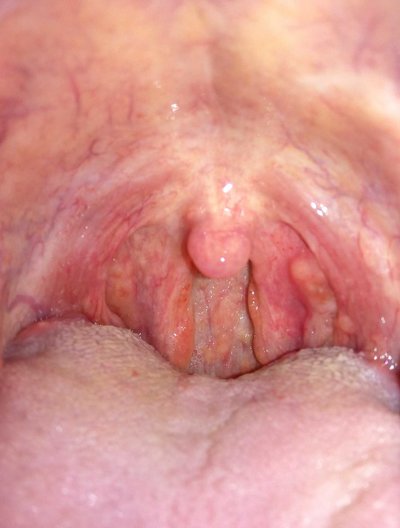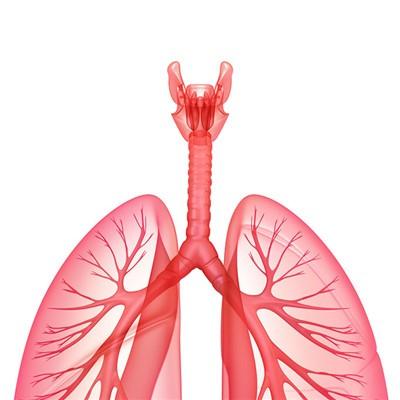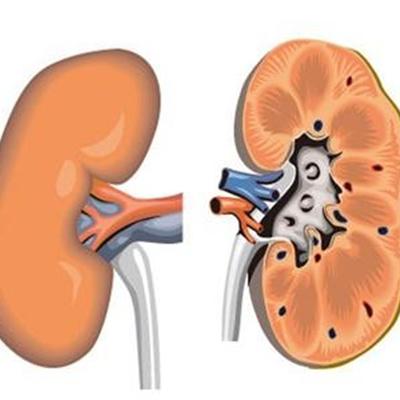How to diagnose and treat pharyngeal chordoma?
summary
Chordoma comes from the remnant of embryonic chorda. The degenerated chorda is usually embedded in sphenoid bone and occipital bone, but some of them can be folded ventrally into the pharyngeal wall. The cells at the fusion site of chordoma and pharyngeal epithelium have the potential to grow rapidly. Under the action of some inducements, chordoma can be formed. It is a rare low-grade malignant tumor. How to diagnose and treat pharyngeal chordoma? Next, I'd like to share my views with you.
How to diagnose and treat pharyngeal chordoma?
Chordoma is mostly located in the nasopharynx. With the increase of tumor, there are often headache, progressive nasal obstruction, purulent nasal discharge, snoring, hypoolfaction, tinnitus, deafness, etc. The incidence of oropharyngeal and hypopharyngeal is less, and dyspnea and dysphagia may occur.
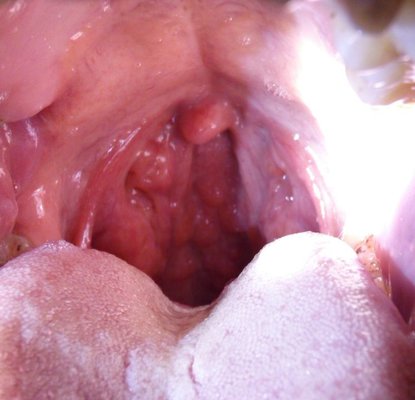
The diagnosis should be based on pathology. X-ray, CT and MRI of skull base can show bone destruction and mass shadow in clivus, sella turcica and petrous apex, which is helpful for diagnosis. It should be differentiated from other pharyngeal tumors such as nasopharyngeal fibroangioma, nasopharyngeal carcinoma and craniopharyngioma.
The patients were mainly treated with surgery and radiotherapy. Because the tumor is located in the skull base, the operation is difficult, the damage is large, and it is easy to recur. Therefore, extracranial resection or combined craniofacial approach is feasible.
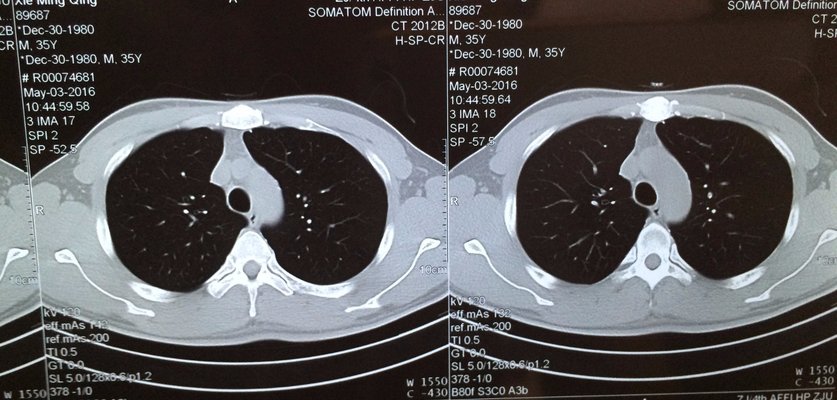
matters needing attention
Should be high calorie, high protein, high nutrition, low salt diet. * avoid the increase in blood pressure caused by sodium retention in the body, which leads to increased intracranial pressure. To ensure the patient's nutrition is beneficial to the tissue repair after operation.


